Technology is pivotal in modern supply chain management
| Customs sector needs to pioneer in leveraging technology and digital transformation: Deputy PM Tran Luu Quang | |
| WCO Secretary General: Placing people at the heart of the development |
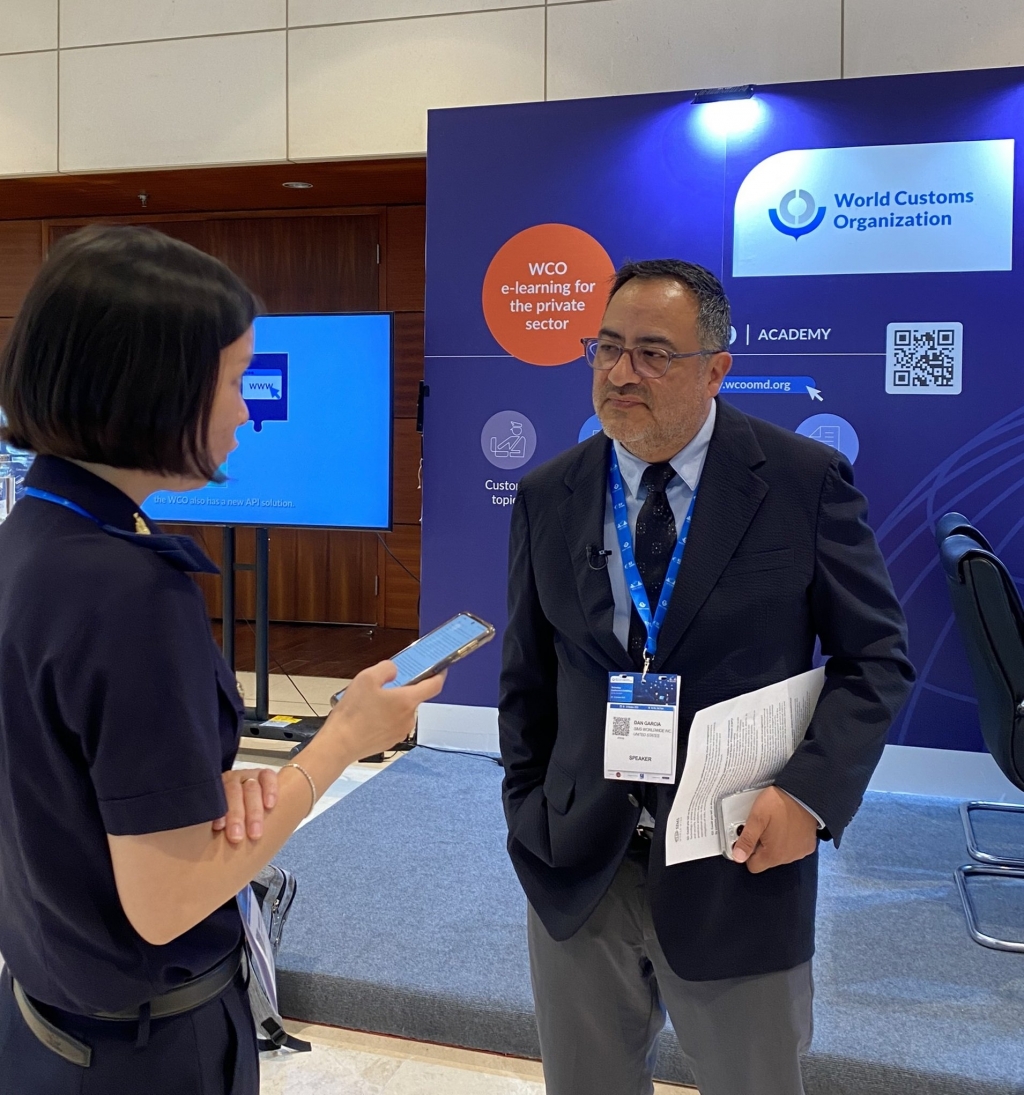 |
| Vietnam Customs News reporter interviews Mr. Dan Garcia - US Security Specialist. Photo: Tran Anh |
Could you tell us the importance of technology application in supply chain management?
Technology is pivotal in modern supply chain management, enhancing efficiency, transparency, and security. Advanced technologies like AI, IoT, and DLT Technology facilitate real-time tracking, predictive analytics, and automation, leading to informed decision-making and reduced operational costs. In the context of security, technologies enable the identification and mitigation of risks, ensuring the integrity and safety of goods in transit.
Could you tell us about the trend of technology application in supply chain management by Customs administrations around the world and U.S. Customs and Border Protection (CBP)?
Customs administrations globally, including the U.S. CBP, are increasingly leveraging technologies to facilitate and secure international trade. Automated targeting tools, large-scale X-ray and gamma-ray machines, and radiation detection devices are integral in the Container Security Initiative (CSI) for example. These technologies enhance the identification, pre-screening, and evaluation of high-risk containers, ensuring threats are mitigated before reaching U.S. shores. AI and machine learning are also emerging trends, enhancing predictive analytics and risk assessment. Biometrics are also helping to authenticate people accurately and quickly. Throughout the world, at points of entry, we can welcome citizens and visitors to our countries in automated stalls where they are processed quickly in a highly automated fashion.
How do you assess the role of Customs administration in supply chain management?
Customs administrations play a crucial role in regulating, facilitating, and securing international trade. They enforce legal and regulatory frameworks, ensuring compliance with import/export regulations. In the context of supply chain security, initiatives like the AEO and the CSI programs underscore the role of customs in collaborating internationally to identify and mitigate potential threats, ensuring the seamless flow of global trade while safeguarding national security.
Customs can have a very specific and powerful role in Supply Chain Management in that the border is highly correlated to two omni metrics that are very important to the success or failure of any supply chain. Delays or unplanned variance adversely impact these key financial metrics. Conversely, these two metrics are vastly improved if we have a border that enables volume and velocity across its frontier.
Could you share more details about integrating e-commerce supply chains into established AEO models to ensure borders remain scalable, secure, and efficient?
Integrating e-commerce into AEO (Authorized Economic Operator) models involves enhancing security and efficiency amidst the growing volume of online trade. It addresses challenges like data quality, technology integration, and international cooperation. The approach involves leveraging technologies like AI and DLT for real-time tracking, data analytics, and risk assessment. Regulatory frameworks are updated to address e-commerce challenges, ensuring duty and tax collection, security, and consumer protection while facilitating fast, reliable deliveries. We also need to be able to identify specific entities regardless of size through a combination of advanced technologies so that even individual persons who are involved in e-commerce have a global trade ID.
Could you tell me about the implementation of the CSI initiative by CBP and the role of Vietnam Customs in the Global Container Control Program? Do you have any recommendations for Vietnam Customs?
CSI, operational at 61 ports worldwide, including Asia, has made significant strides. Remarkably, CSI now covers a little over 86 percent of all maritime containerized cargo destined for the United States, marking a significant milestone in enhancing global maritime security. U.S. CBP officers collaborate with host customs administrations to screen high-risk containers using advanced technology.
Vietnam Customs can play a vital role in this international security network. Although not explicitly listed among the 61 CSI ports, they can adopt and implement similar stringent security protocols and technological innovations to ensure the security of containerized cargo passing through their jurisdiction. The core principles of the CSI Program are:
1. Identification of High-Risk Containers: CBP employs sophisticated automated targeting tools, advanced information, and strategic intelligence to pinpoint containers posing potential terrorist risks.
2. Pre-Screening and Evaluation: Containers are evaluated and inspected as early as possible in the supply chain, typically at their port of departure, ensuring no threats reach the U.S. shores.
3. Technological Application: Large-scale X-ray and gamma-ray machines, along with radiation detection devices, are employed to swiftly yet thoroughly screen high-risk containers, ensuring the seamless flow of trade.
My recommendations for Vietnam Customs include enhancing the integration of technology for container screening and boosting data quality and analytics capabilities for improved risk assessment. Concentrate heavily on container integrity as well as screening. Collaborating internationally for intelligence sharing and adopting best practices can also fortify Vietnam’s stand in global supply chain security, aligning with the rigor and efficacy of the CSI initiative.
Thank you so much!
Related News
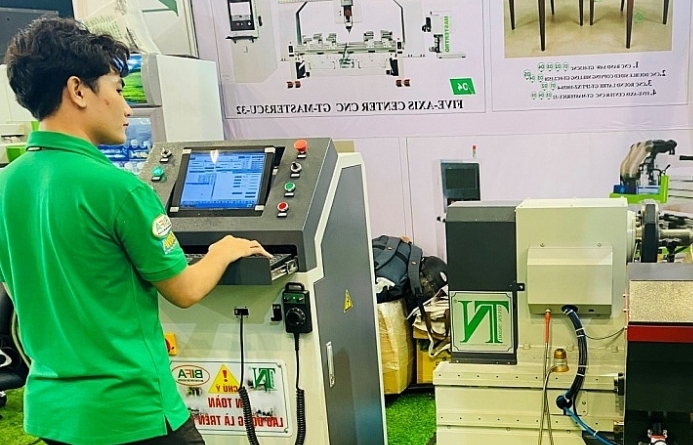
Removing “bottlenecks” for digital transformation in industrial production
10:00 | 17/12/2024 Import-Export

Implementing the SAFE framework in Vietnam: Assessment through the lens of international standards
09:14 | 20/11/2024 Regulations

Vietnam Customs attends WCO’s flagship conference
09:33 | 16/11/2024 Customs

Electronics industry overcomes challenges to penetrate deep into global supply chain
19:38 | 16/11/2024 Import-Export
Latest News
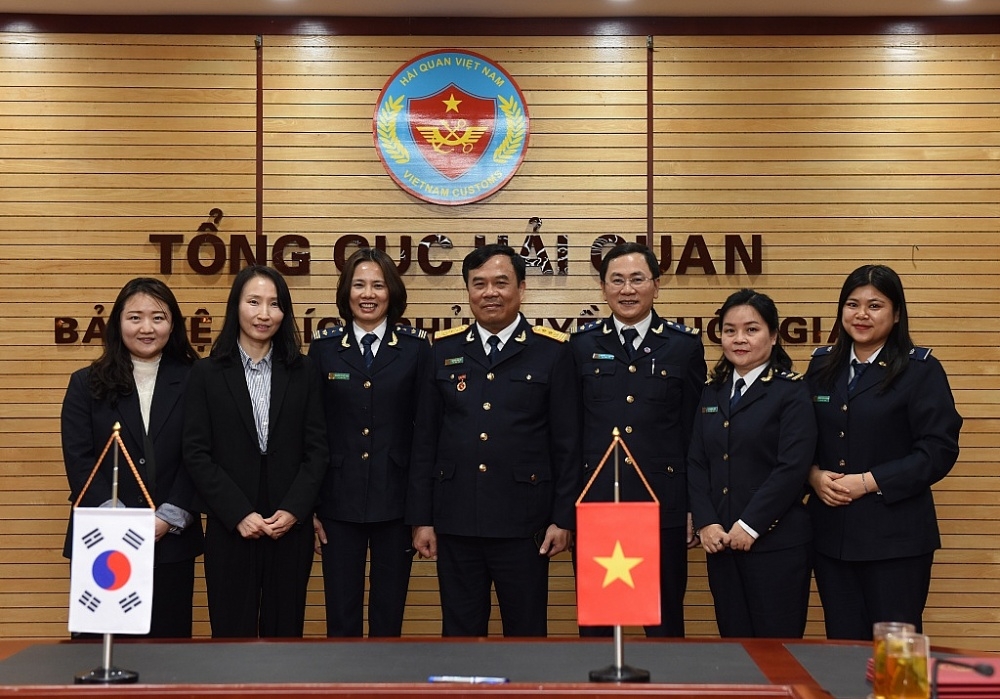
Vietnam, Korea Customs sign AEO MRA
11:07 | 26/12/2024 Customs

Quang Nam Customs focuses on preventing smuggling and combating budget loss
11:07 | 26/12/2024 Customs
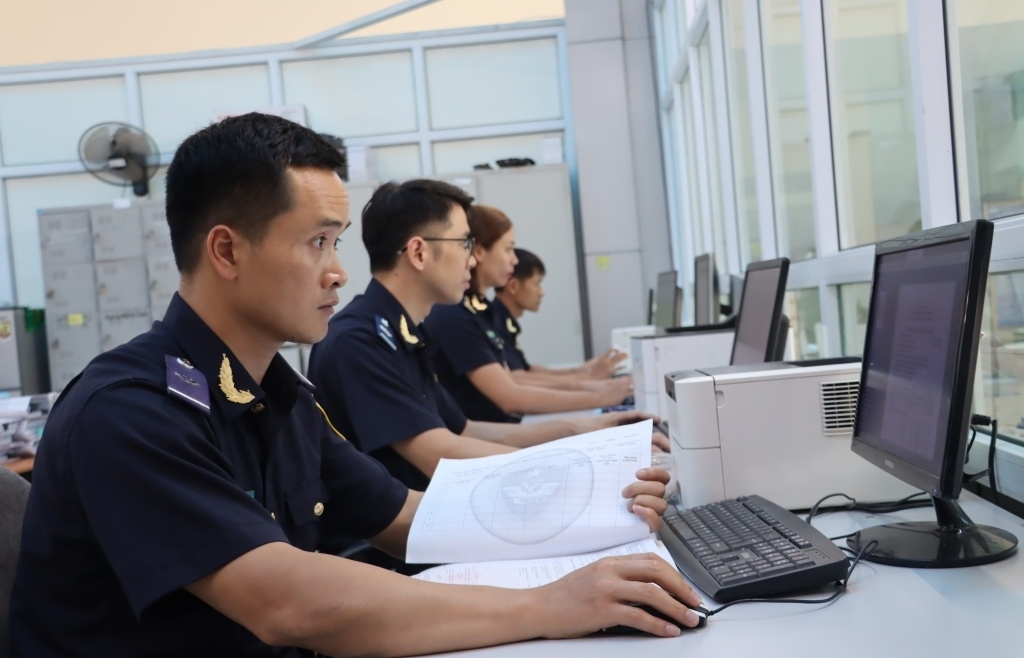
Customs Modernization: From VNACCS to Digital Customs. Part 1: The "Revolution" of VNACCS
09:44 | 25/12/2024 Customs
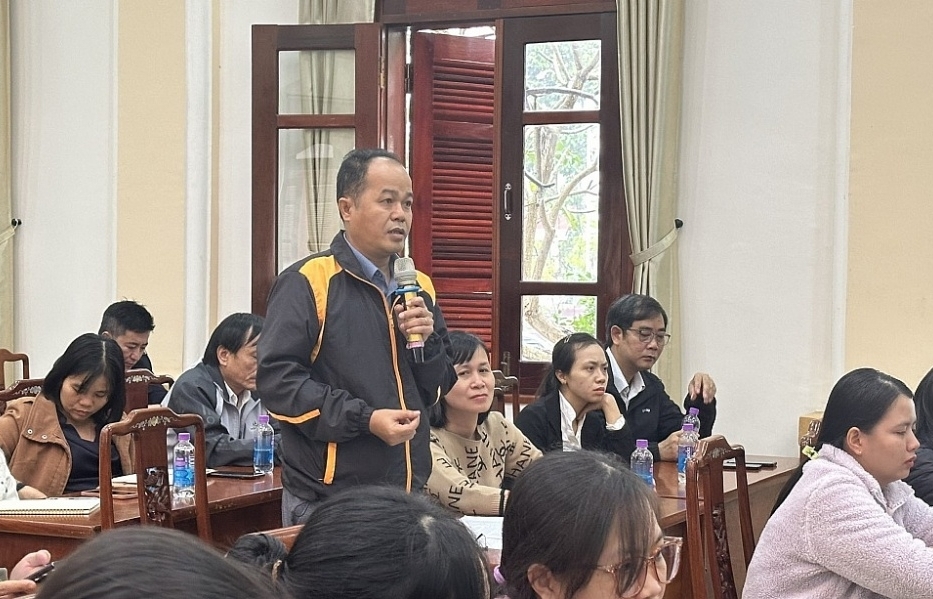
Quang Ngai Customs engages in dialogue with over 100 import-export enterprises
09:42 | 25/12/2024 Customs
More News

Ba Ria - Vung Tau Customs strives to be ready to effectively implement the new organizational model
09:01 | 24/12/2024 Customs
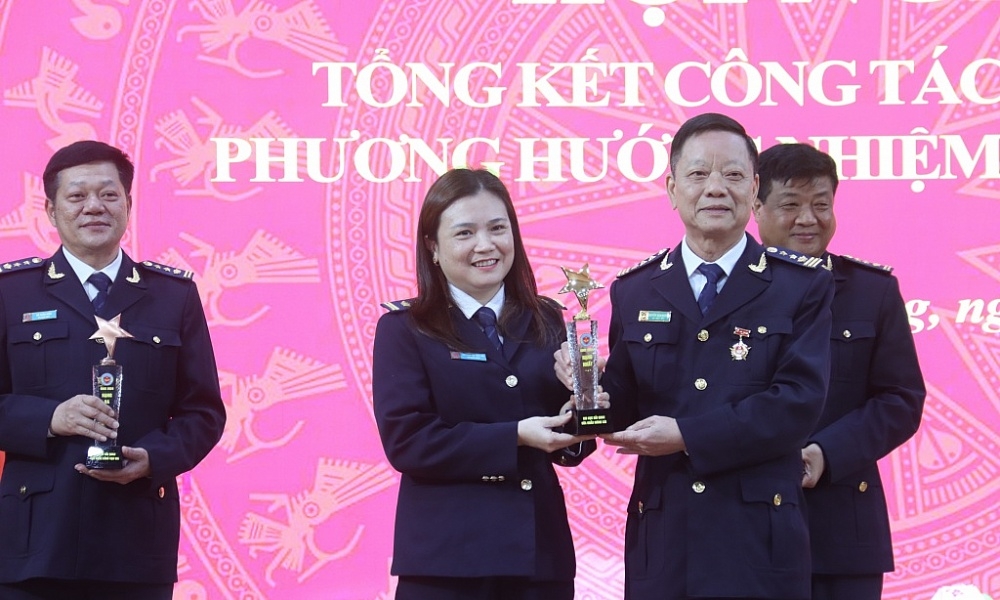
Mong Cai Border Gate Customs Branch tops CDCI
09:00 | 24/12/2024 Customs

Ho Chi Minh City Customs: Satisfactorily resolving problems for Japanese businesses
11:07 | 23/12/2024 Customs
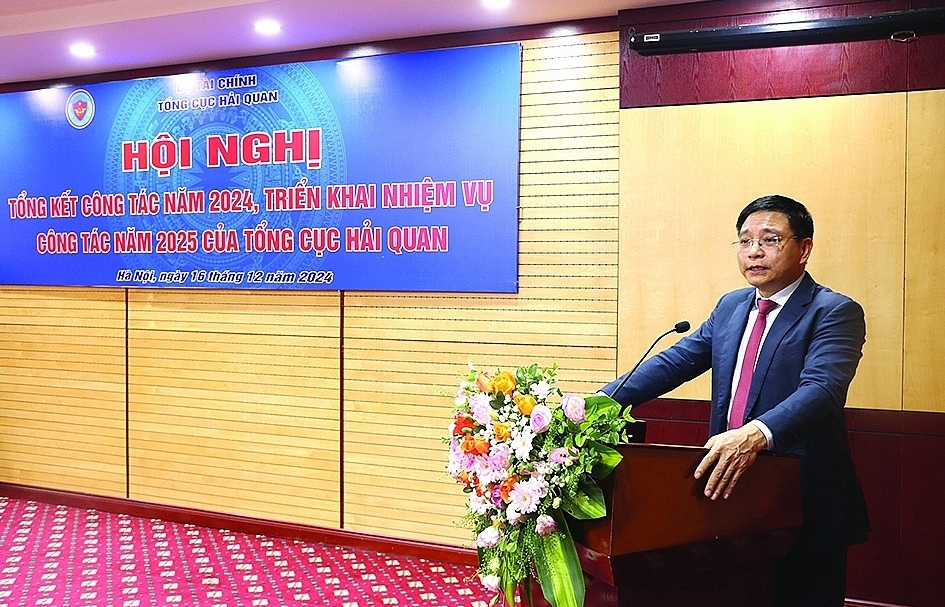
Minister of Finance Nguyen Van Thang: Facilitating trade, ensuring national security, and preventing budget losses
19:09 | 21/12/2024 Customs
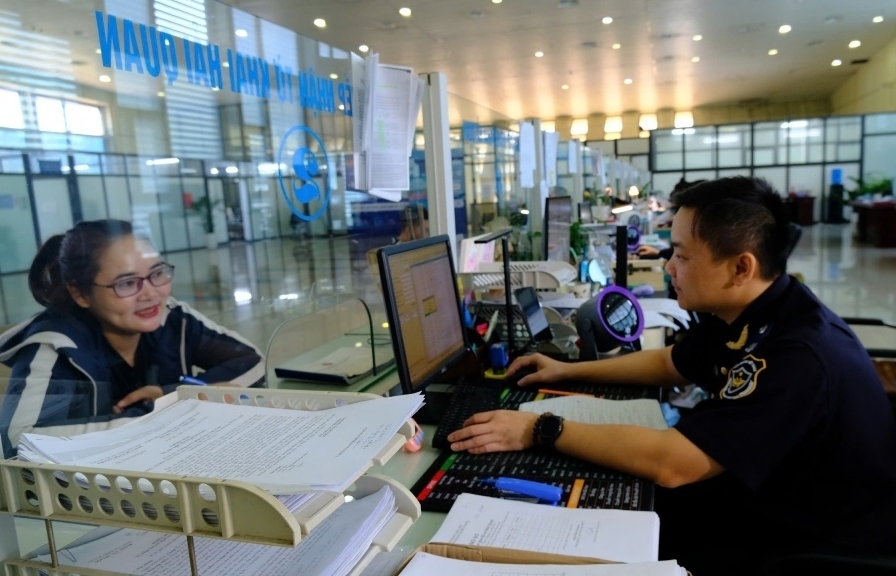
Official implementation of the program encouraging enterprises to voluntarily comply with Customs Laws
18:31 | 21/12/2024 Customs
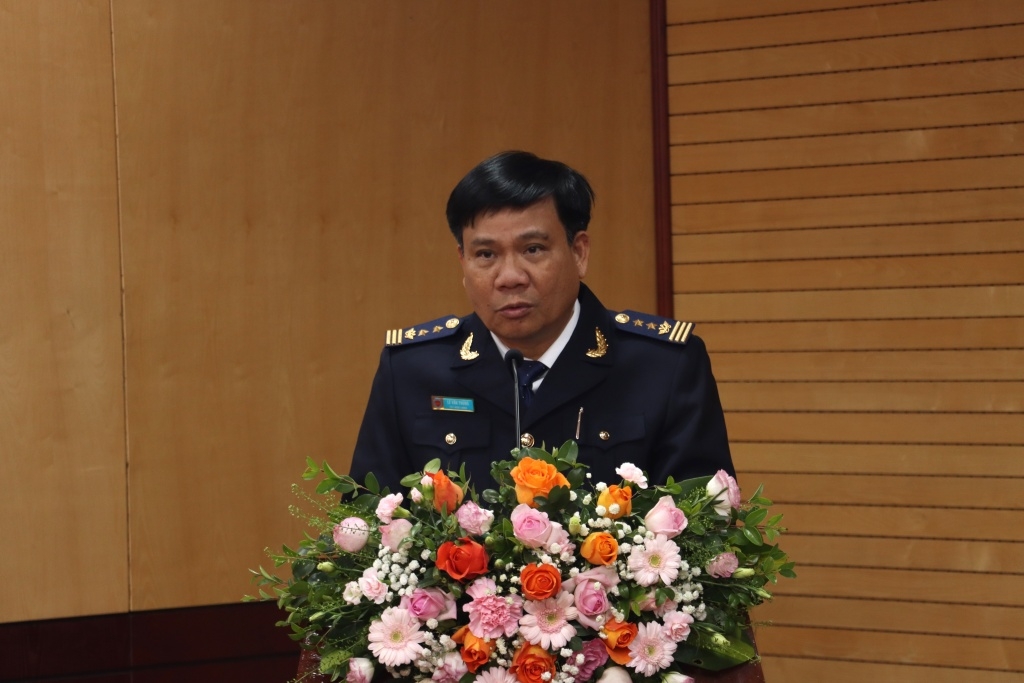
Proactive plan to meet customs management requirements at Long Thanh International Airport
18:30 | 21/12/2024 Customs

An Giang Customs issues many notes to help businesses improve compliance
09:29 | 20/12/2024 Customs

Hai Phong Customs processes over 250,000 declarations in November
15:18 | 19/12/2024 Customs
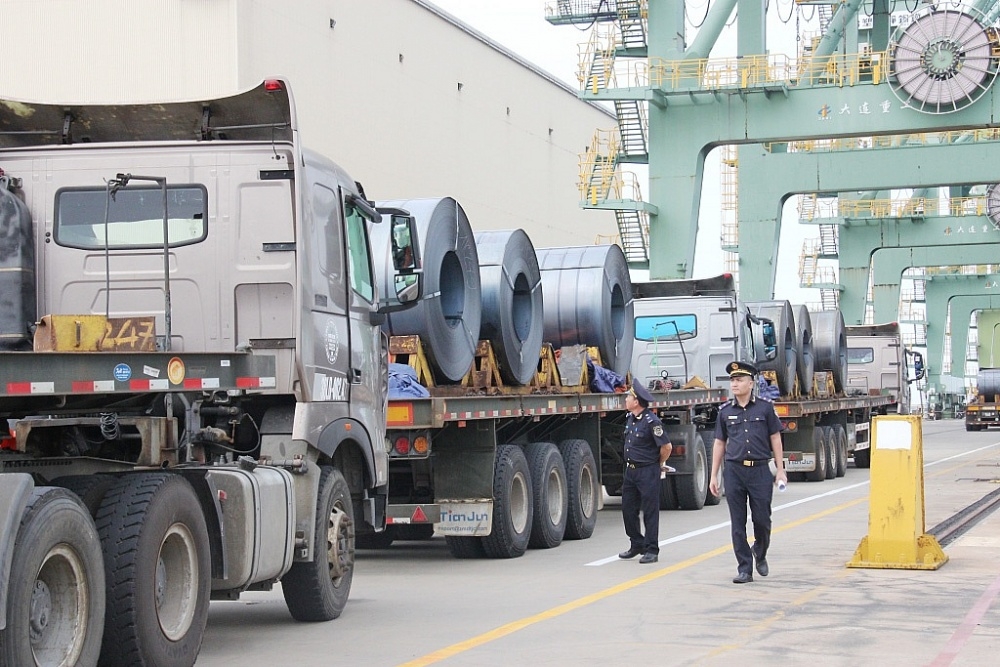
Achievements in revenue collection are a premise for breakthroughs in 2025
09:57 | 18/12/2024 Customs
Your care

Vietnam, Korea Customs sign AEO MRA
11:07 | 26/12/2024 Customs

Quang Nam Customs focuses on preventing smuggling and combating budget loss
11:07 | 26/12/2024 Customs

Customs Modernization: From VNACCS to Digital Customs. Part 1: The "Revolution" of VNACCS
09:44 | 25/12/2024 Customs

Quang Ngai Customs engages in dialogue with over 100 import-export enterprises
09:42 | 25/12/2024 Customs

Ba Ria - Vung Tau Customs strives to be ready to effectively implement the new organizational model
09:01 | 24/12/2024 Customs



